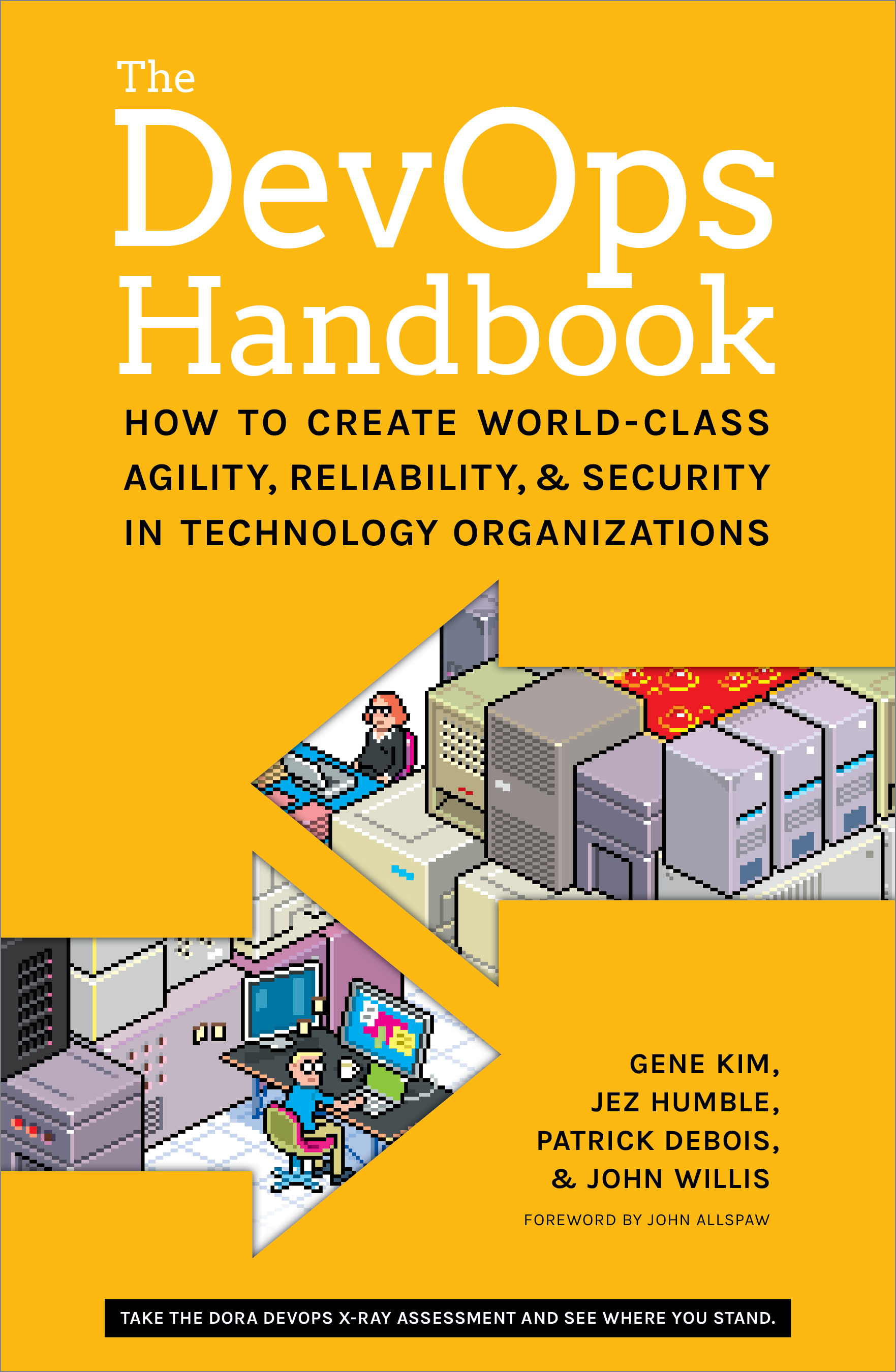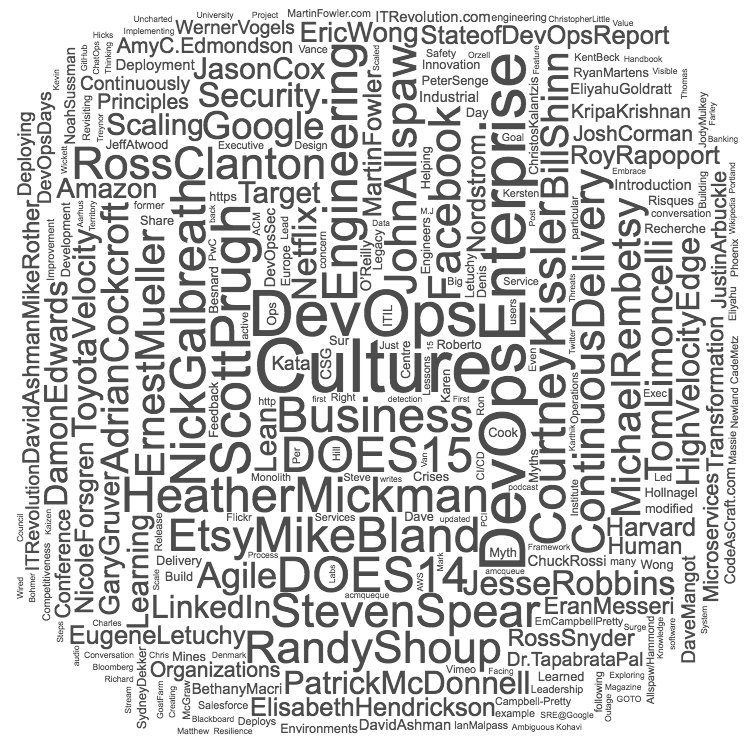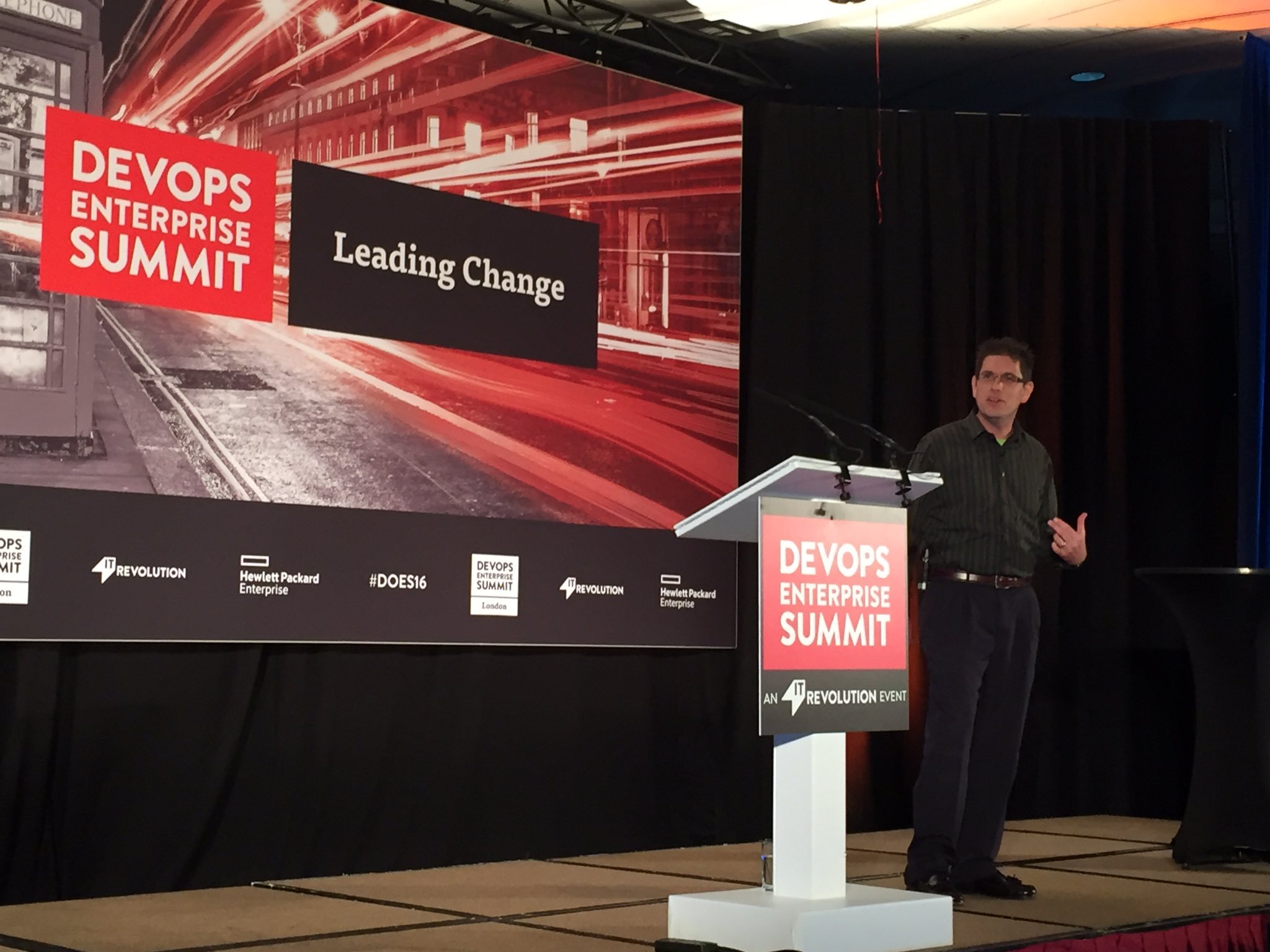“Luminous beings are we.” – Yoda
I love building things. During the past several weeks my girls and I have been 3D printing all sorts of characters, figures and models. It’s amazing what you can find online or build yourself with free or online tools like Tinkercad or Meshmixer. Recently we started printing with glow-in-the-dark filament. In a funny way, it unlocked a new nighttime routine for us. Before going to bed, my girls will charge up their figures by holding them next to the light to have their accompanying glow. We observed how different lights influence the glow, with the sun and UV light being the most powerful for long term glow.
Of course, this led to the question, so how does glow-in-the-dark work? I love those questions! The phosphorescence material we printed is absorbing the radiation and causing a quantum magic show where the electrons absorb the energy from the light source photons. They are jumping to a higher energy state which slowly degrades over time, emitting that glow. The unique nature of glow-in-the-dark materials like zinc sulfide and strontium aluminate is that the energy is not released immediately. The higher energy state causes the electrons to get “trapped” in a higher state and released over the course of several minutes and even hours. Quantum mechanics loves to do this forbidden magic. Ok, to be fair, I lost my girls on that explanation about the same way I lost some of you… so moving on.
How are you glowing? It is amazing to me how many metaphors surround us. This glow-in-the-dark adventure reminded me how we as humans, often radiate what we are exposed to. I often find that in my life that I begin to emit what I allow myself to be exposed to. If I become fixated on negative news, I become negative. If I spend all my time hanging around critical people, I become critical. On the flip side, if I seek and surround myself with positive people and mentors, I become more optimistic. If I change my diet to include good news as well as bad, I find that I am more encouraged and encouraging to others. What are you feasting on? What light sources are you orbiting? Who and what are you bringing into your life to help you absorb good energy so that you too can glow?
In our fast action, twitter abbreviated, news cycle world I find that I often become carried away by the currents. This little glow-in-the-dark lesson reminded me that we have a choice on where we are going and how we shape ourselves to be the people we want to be. This pandemic can be discouraging and rob us of energy and joy. There are a lot of negative and depressing conversations going on. I understand that. But we shouldn’t limit our charging to only those sources. Find some new light sources this week. Look for opportunities to jump to a higher energy state this week… and glow. Here’s to a brighter future!





